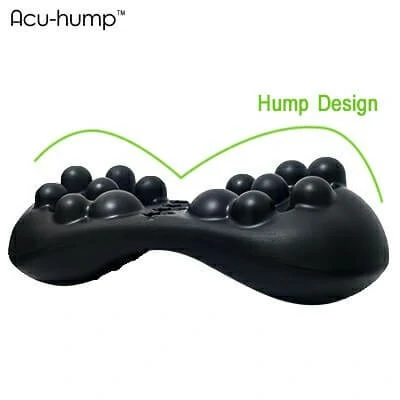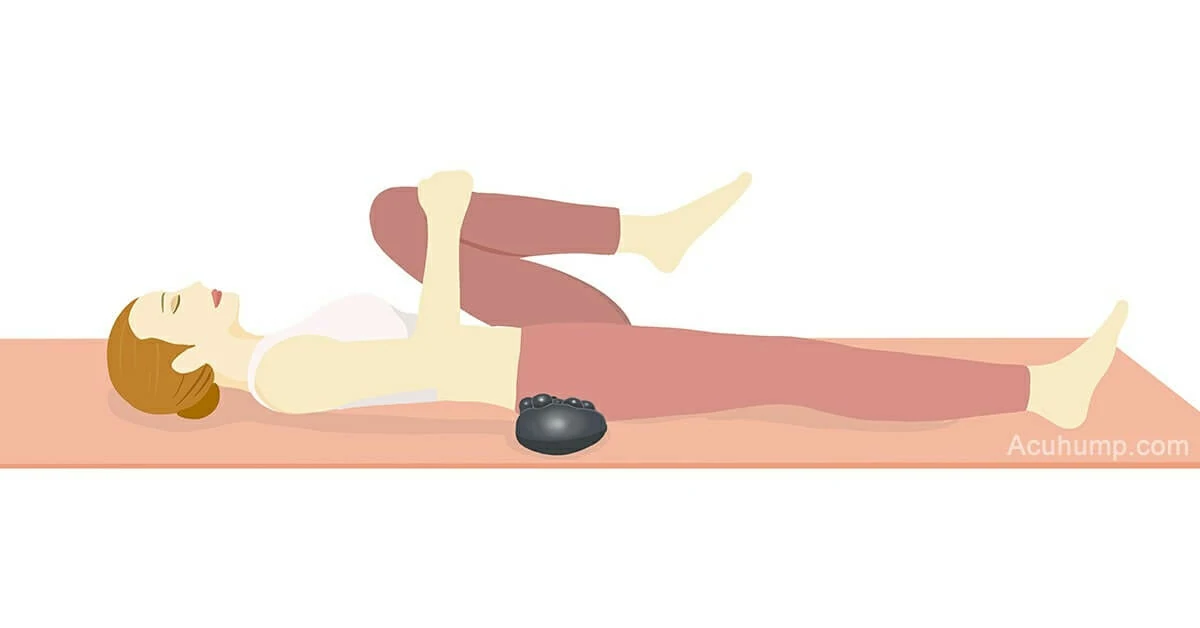What causes hip pain? What to do to relieve hip pain?
It’s no secret that aging can cause all sorts of body pains. But what are the main culprits when it comes to hip pain? Here’s a look at what causes hip pain and some tips for how to get relief.
Let’s face it: nobody likes pain, especially in our hips. But what exactly is hip pain, and what can we do about it?
- Causes of hip pain
Anyone who has ever experienced hip pain knows it can be incredibly debilitating. Even the simplest activities, like walking or getting out of a chair, can become excruciating. And while there are many potential causes of hip pain, one often-overlooked factor is pelvic floor dysfunction.
- Pelvic floor dysfunction
A pelvic floor is a group of muscles and tissues that support the bladder, uterus, and rectum. When these muscles are weak or tight, they can cause a host of problems, including hip pain. One common symptom is referred pain, which occurs when the muscles refer pain to other areas of the body, such as the hips. Pelvic floor dysfunction can also lead to alignment issues and muscle imbalances, contributing to hip pain.
If you suffer from hip pain, consider whether pelvic floor dysfunction might be a contributing factor. While it may not be the root cause of your pain, addressing any underlying issues can help you find relief.
- Muscle Injury
Muscle injury is a common cause of hip pain. The hip is a large joint, and it’s easy to overuse the muscles that support it. That can lead to strains, tears, and other sorts of injuries. When you have a muscle injury, you may feel pain when you move the joint or put weight on it. You may also feel tenderness and swelling. The good news is that muscle injuries usually don’t cause long-term damage.
- Bursitis
Bursitis is an inflammation of the bursae, which are tiny sacs of fluid that cushion the bones, tendons, and muscles near the joints. The most common bursitis symptoms are pain and stiffness in the affected joint. Bursitis often occurs in the hip. The condition is usually caused by overuse or repetitive motions. However, it can also be caused by an injury or infection.
- Tendonitis
One of the usual causes of hip pain is tendonitis. It is an inflammation of the tendons, the tough cords of tissue that attach muscles to bones. When the tendons around the hip become inflamed, it can cause pain and stiffness in the hip joint. It is often caused by repetitive movements, such as those often used in playing sports or during physical labor.
- Liberal tear
A liberal tear is a type of injury that can cause hip pain. It occurs when the cartilage that lines the hip joint socket is damaged. When the cartilage is destroyed, it can no longer provide this support. This can lead to pain and instability in the hip joint. A labral tear is often caused by overuse or trauma to the joint. Treatment for a labral tear typically includes rest, ice, and physical therapy.
- Osteoarthritis
Osteoarthritis is a condition that affects the joints, causing pain and stiffness. The hips are particularly vulnerable to this condition, as they are constantly in use and subject to a lot of wear and tear. Osteoarthritis can occur when the cartilage that cushions the hip joint wears down, exposing the bone beneath. This can cause the bones to rub together, resulting in pain and inflammation. In addition, the muscles and tendons around the hip joint can become strained, further exacerbating the pain. As osteoarthritis progresses, it can lead to loss of mobility in the hip joint. This can be extremely painful and make it difficult to perform everyday activities.

Acu-hump: 30-day return policy.
You have no risk.
Treatment options
Luckily, several effective treatment options are available for those suffering from hip pain.
- For example, physical therapy can help to improve the range of motion and reduce inflammation.
- In addition, medications such as ibuprofen and acetaminophen can be used to help relieve pain.
- In severe cases, surgery may be necessary to repair damaged tissue or replace a joint.
However, most people with hip pain can find relief with proper medical treatment. So if you’re suffering from hip pain, don’t hesitate to talk to your doctor about the best treatment options.
The Ultimate Solution
The Acu-hump hip stretcher tool is the best massage tool for hip pain relief. It provides a deep, invigorating massage. It is specifically designed to target the muscles and pressure points in the hips and buttocks, relieving soreness, tension, and pain. It is also effective in promoting circulation and improving the range of motion. The hip stretcher tool is easy to use and has a convenient carrying case. It is an essential tool for anyone who suffers from hip pain.
What is the Acu-hump?

Acu-hump®
Release Butt & Lower Back
How to use the Acu-hump?
Step 1: Consult a therapist before exercising
Step 2: Put the Acu-hump massage stretcher under your upper buttock, and the high side of the Acu-hump is close to the head
Step 3: Straighten your right leg and keep it still

Step 4: Bend your left leg as hard as you can, and hold it in front of your chest for 30 seconds
Step 5: Repeat step 3 and step 4
Time: 2 times a day, 5 minutes per round
Help for: Lower Back Pain, Hip Pain, Hip Flexor Pain, Butt Pain
Acupressure: when the sciatica stretcher encounters a tight muscle, the pain will be more intense as it breaks the piriformis muscle knots.
Who is the Acu-hump for?
The Acu-hump can be used by everyone. You will benefit from relieving hip pain if you seek to improve your physical performance. It is very suitable for people who often sit in front of the computer, such as white-collar workers, writers, programmers, and designers.
What does the Acu-hump do?
The Acu-hump hip stretcher tool is like your individual masseuse, giving you a compression massage through your body weight anytime you lie down. Symmetrical 14 pressure point nubs are based on the principle that pressure applied to deep tissue can activate the nervous system and release muscle knots. Combined with the hump shape designed for stretching muscles, these help to relieve your muscles, reduce tension and improve circulation.

Acu-hump: 30-day return policy.
You have no risk.
